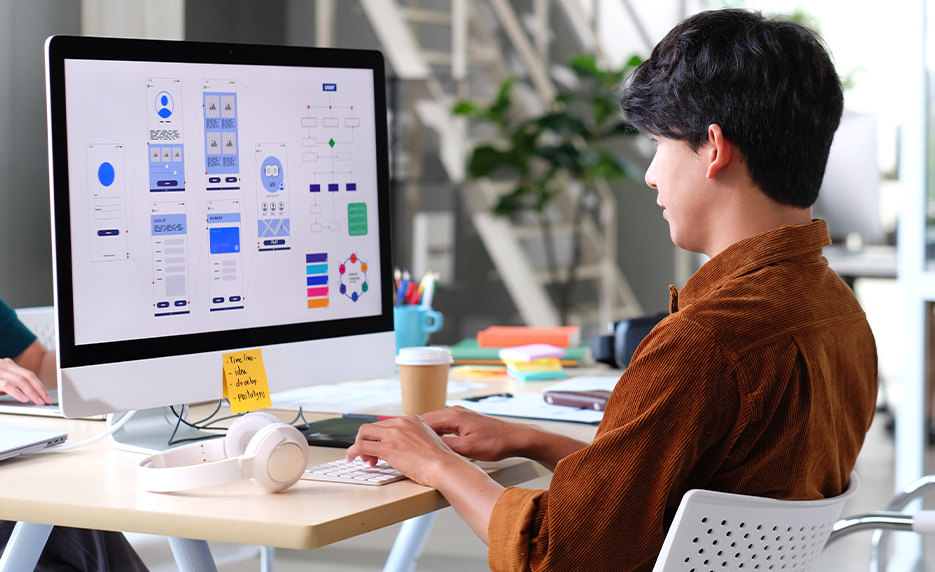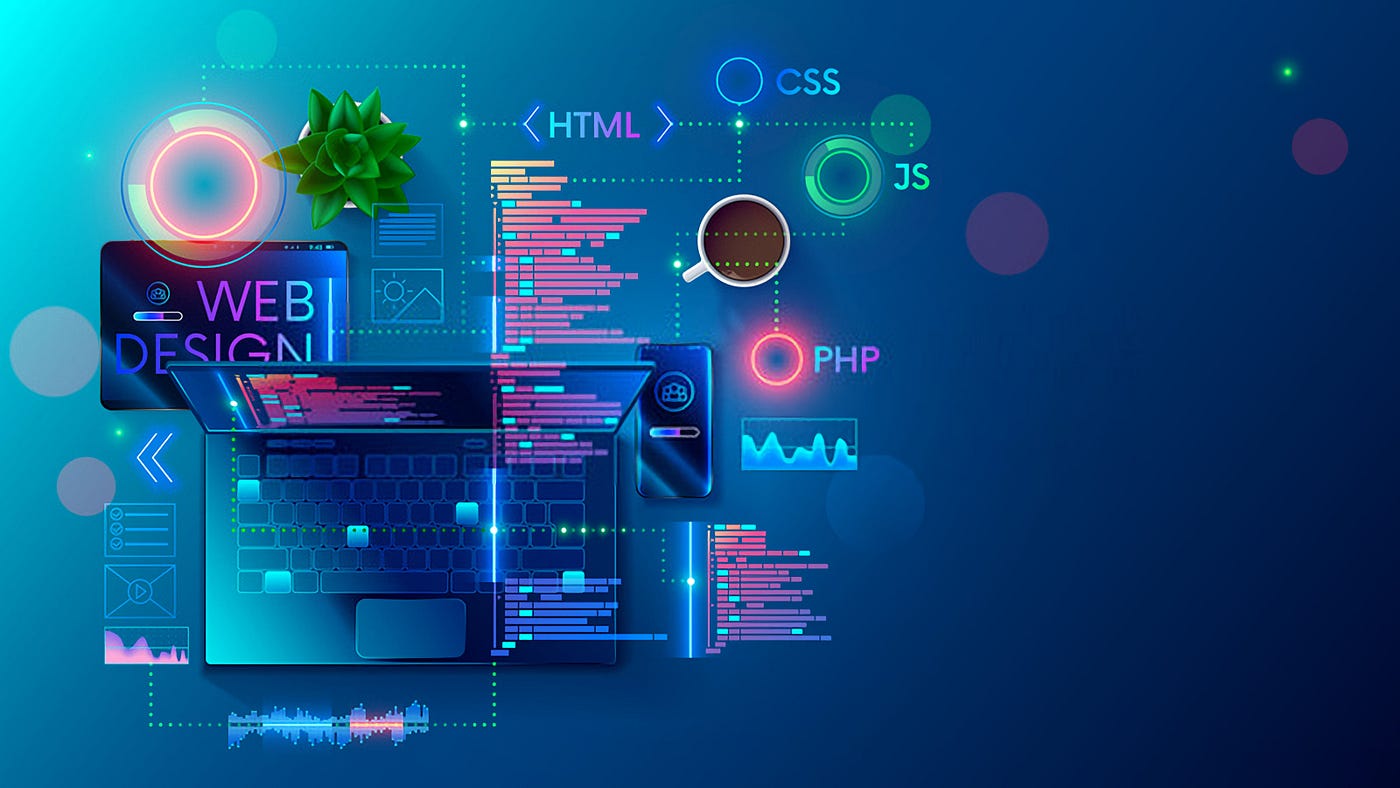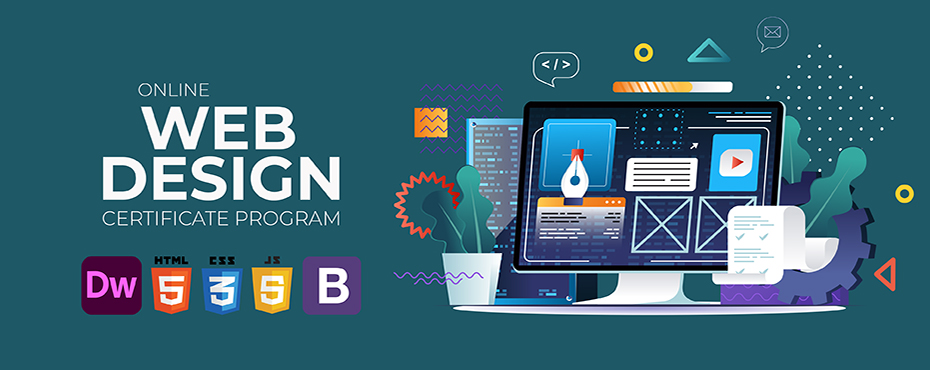All Categories
Featured
Table of Contents
- – Web Design Museum 1991 – 2006 Tips and Tricks:
- – Web Design - Uci Division Of Continuing Educa...
- – What Is Web Design? The Ultimate Guide To Web...
- – Google Web Designer - Home Tips and Tricks:
- – Chavez Web Design: Web Design San Diego - Bak...
- – What Is Web Design? The Ultimate Guide To Web...
- – Web Design Tutorials By Envato Tuts+ Tips an...
- – Lifted Logic: Web Design In Kansas City - Se...
- – Web Design - Wikipedia Tips and Tricks:
- – What Is Web Design? A Comprehensive Guide - ...
- – Powderkeg: Web Design Madison, Wi Tips and T...
Web Design Museum 1991 – 2006 Tips and Tricks:
Quick summary Usability and the utility, not the visual design, figure out the success or failure of a website. Given that the visitor of the page is the only individual who clicks the mouse and therefore chooses everything, user-centric style has actually established as a basic technique for effective and profit-oriented website design - web design frederick md.
and the energy, not the visual style, identify the success or failure of a site. Considering that the visitor of the page is the only individual who clicks the mouse and therefore chooses whatever, user-centric design has actually ended up being a standard approach for successful and profit-oriented web design. If users can't use a function, it might as well not exist.
g. where the search box should be put) as it has actually currently been performed in a number of posts; instead we concentrate on the methods which, utilized correctly, can lead to more advanced design decisions and streamline the process of perceiving provided details. Please discover that you may be thinking about the usability-related articles we've released before: Concepts Of Great Website Design And Reliable Web Style Standards, In order to use the concepts correctly we first require to understand how users engage with websites, how they think and what are the standard patterns of users' behavior.
Web Design - Uci Division Of Continuing Education Tips and Tricks:
Visitors look at each brand-new page, scan some of the text, and click the very first link that captures their interest or vaguely resembles the thing they're looking for. In truth, there are large parts of the page they don't even take a look at. Most users look for something intriguing (or helpful) and clickable; as quickly as some appealing candidates are found, users click.
If a page supplies users with premium content, they are willing to jeopardize the content with advertisements and the style of the site. This is the reason that not-that-well-designed sites with top quality material gain a lot of traffic over years. Material is more crucial than the design which supports it.

Users don't read, they scan. Notification how "hot" areas abrupt in the middle of sentences. This is normal for the scanning procedure. Very basic concept: If a site isn't able to fulfill users' expectations, then designer failed to get his job done correctly and the business loses cash. The greater is the cognitive load and the less intuitive is the navigation, the more prepared are users to leave the site and look for alternatives.
What Is Web Design? The Ultimate Guide To Website Design ... Tips and Tricks:
Neither do they scan web page in a direct style, going sequentially from one site area to another one. Instead users satisfice; they select the first affordable option. As quickly as they discover a link that appears like it might cause the goal, there is a great chance that it will be immediately clicked.
It does not matter to us if we comprehend how things work, as long as we can use them. If your audience is going to imitate you're creating billboard, then design excellent signboards." Users wish to have the ability to manage their browser and depend on the constant information presentation throughout the website.
If the navigation and site architecture aren't user-friendly, the variety of enigma grows and makes it harder for users to comprehend how the system works and how to obtain from point A to point B. A clear structure, moderate visual ideas and easily recognizable links can help users to discover their course to their aim.
Google Web Designer - Home Tips and Tricks:

claims to be "beyond channels, beyond items, beyond circulation". What does it suggest? Because users tend to explore websites according to the "F"-pattern, these 3 declarations would be the first aspects users will see on the page once it is loaded. The design itself is easy and intuitive, to comprehend what the page is about the user requires to browse for the answer.
As soon as you have actually attained this, you can communicate why the system works and how users can gain from it. Individuals won't use your web site if they can't find their way around it. 2. Do Not Squander Users' Perseverance, In every project when you are going to use your visitors some service or tool, attempt to keep your user requirements minimal.
First-time visitors are prepared to, not filling long web forms for an account they might never ever use in the future. Let users check out the website and find your services without requiring them into sharing personal data. It's not reasonable to force users to go into an e-mail address to test the function.
Chavez Web Design: Web Design San Diego - Bakersfield ... Tips and Tricks:
Stikkit is a best example for an easy to use service which needs practically absolutely nothing from the visitor which is unobtrusive and reassuring. Which's what you desire your users to feel on your website. Apparently, Mite requires more. Nevertheless the registration can be done in less than 30 seconds as the type has horizontal orientation, the user does not even require to scroll the page.
A user registration alone is sufficient of an obstacle to user navigation to cut down on inbound traffic. 3. Handle To Focus Users' Attention, As websites provide both fixed and dynamic content, some aspects of the interface draw in attention more than others do. Undoubtedly, images are more eye-catching than the text just as the sentences marked as vibrant are more attractive than plain text.
Focusing users' attention to particular areas of the site with a moderate usage of visual elements can help your visitors to get from point A to point B without thinking of how it actually is expected to be done. The less concern marks visitors have, the they have and the more trust they can establish towards the business the website represents.
What Is Web Design? The Ultimate Guide To Website Design ... Tips and Tricks:
Aim For Function Direct exposure, Modern web designs are generally slammed due to their technique of assisting users with visually appealing 1-2-3-done-steps, large buttons with visual effects etc. From the style point of view these elements really aren't a bad thing.
The site has 9 main navigation alternatives which show up at the first glimpse. The option of colors may be too light, though. is an essential principle of effective user interface style. It doesn't truly matter how this is accomplished. What matters is that the material is well-understood and visitors feel comfy with the method they communicate with the system.
com gets straight to the point. No charming words, no exaggerated declarations. Instead a cost: just what visitors are searching for. An optimal option for effective writing is touse short and concise expressions (come to the point as rapidly as possible), use scannable design (classify the material, use several heading levels, utilize visual aspects and bulleted lists which break the flow of consistent text blocks), usage plain and unbiased language (a promotion does not need to seem like ad; offer your users some reasonable and unbiased reason why they must use your service or remain on your website)6.
Web Design Tutorials By Envato Tuts+ Tips and Tricks:
Users are seldom on a site to take pleasure in the style; furthermore, most of the times they are searching for the details despite the design - web design frederick md. Strive for simpleness rather of intricacy. From the visitors' perspective, the best website style is a pure text, without any advertisements or further content blocks matching precisely the inquiry visitors utilized or the content they've been looking for.
Finch plainly provides the info about the website and gives visitors a choice of options without overcrowding them with unneeded material. 7. Don't Hesitate Of The White Area, Really it's really tough to overestimate the importance of white area. Not just does it help to for the visitors, but it makes it possible to perceive the details provided on the screen.
Complex structures are harder to read, scan, analyze and deal with. If you have the option between separating 2 design sectors by a noticeable line or by some whitespace, it's generally much better to use the whitespace solution. (Simon's Law): the better you manage to supply users with a sense of visual hierarchy, the easier your content will be to view.
Lifted Logic: Web Design In Kansas City - Seo - Website ... Tips and Tricks:
The very same conventions and guidelines must be used to all elements.: do the most with the least amount of hints and visual components. Clarity: all components need to be created so their meaning is not uncertain.
Conventions Are Our Buddies, Traditional design of website aspects doesn't lead to an uninteresting web site. As they decrease the learning curve, the requirement to figure out how things work. For instance, it would be a functionality nightmare if all sites had various visual presentation of RSS-feeds. That's not that different from our routine life where we tend to get used to fundamental concepts of how we organize information (folders) or do shopping (placement of products).
understand what they're getting out of a site navigation, text structure, search placement etc. A case in point from use sessions is to translate the page in Japanese (assuming your web users don't know Japanese, e. g. with Babelfish) and provide your usability testers with a job to find something in the page of different language.
Web Design - Wikipedia Tips and Tricks:
Test Early, Test Typically, This so-called TETO-principle ought to be applied to every web style project as usability tests frequently supply into considerable issues and problems related to an offered design. Test not too late, not too little and not for the incorrect factors.
Some crucial indicate bear in mind: according to Steve Krug, and testing one user early in the job is better than testing 50 near the end. Accoring to Boehm's very first law, errors are most regular throughout requirements and style activities and are the more pricey the later on they are eliminated.
That indicates that you create something, test it, repair it and then test it once again. There might be issues which haven't been found during the very first round as users were virtually blocked by other problems.
What Is Web Design? A Comprehensive Guide - Wix.com Tips and Tricks:

This holds for designers. After you've dealt with a site for few weeks, you can't observe it from a fresh viewpoint any longer. You know how it is constructed and therefore you know precisely how it works you have the wisdom independent testers and visitors of your website would not have.
It can be linked to other areas such as graphic design, user experience, and multimedia arts, but is more appropriately seen from a technological perspective. It has actually ended up being a large part of individuals's everyday lives. It is difficult to think of the Web without animated graphics, various designs of typography, background, videos and music.

During 1991 to 1993 the World Wide Web was born. Text-only pages might be seen utilizing a simple line-mode web browser. There had been no integrated technique to graphic style elements such as images or sounds.
Powderkeg: Web Design Madison, Wi Tips and Tricks:
The W3C was produced in October 1994 to "lead the Web to its full potential by developing typical procedures that promote its development and ensure its interoperability." This dissuaded any one company from monopolizing a propriety internet browser and programming language, which could have changed the effect of the World Wide Web as a whole.
As this has taken place the innovation of the web has also proceeded. There have actually likewise been significant changes in the method people use and access the web, and this has actually changed how websites are designed. Since the end of the web browsers wars [] brand-new web browsers have actually been launched. Much of these are open source implying that they tend to have much faster development and are more helpful of brand-new standards.
Learn more about Lovell Media Group LLC or TrainACETable of Contents
- – Web Design Museum 1991 – 2006 Tips and Tricks:
- – Web Design - Uci Division Of Continuing Educa...
- – What Is Web Design? The Ultimate Guide To Web...
- – Google Web Designer - Home Tips and Tricks:
- – Chavez Web Design: Web Design San Diego - Bak...
- – What Is Web Design? The Ultimate Guide To Web...
- – Web Design Tutorials By Envato Tuts+ Tips an...
- – Lifted Logic: Web Design In Kansas City - Se...
- – Web Design - Wikipedia Tips and Tricks:
- – What Is Web Design? A Comprehensive Guide - ...
- – Powderkeg: Web Design Madison, Wi Tips and T...
Latest Posts
Web Design Museum 1991 – 2006 Tips and Tricks:
Web Design Services - Verizon Small Business Essentials Tips and Tricks:
Web Design Services - Networksolutions.com Tips and Tricks:
More
Latest Posts
Web Design Museum 1991 – 2006 Tips and Tricks:
Web Design Services - Verizon Small Business Essentials Tips and Tricks:
Web Design Services - Networksolutions.com Tips and Tricks: